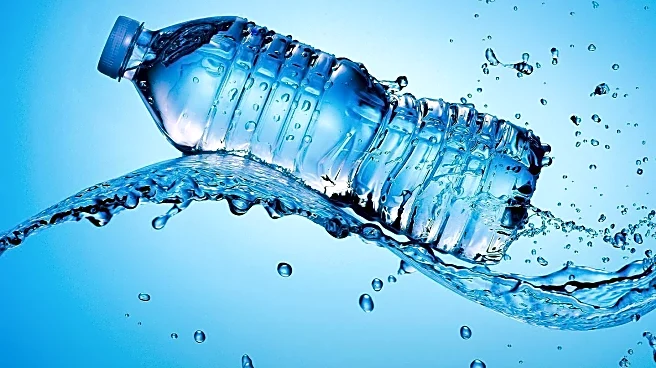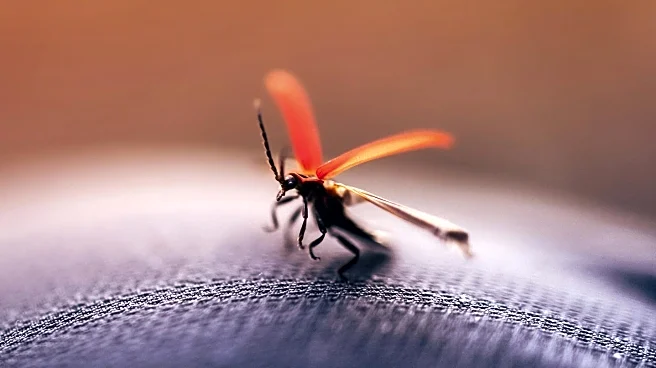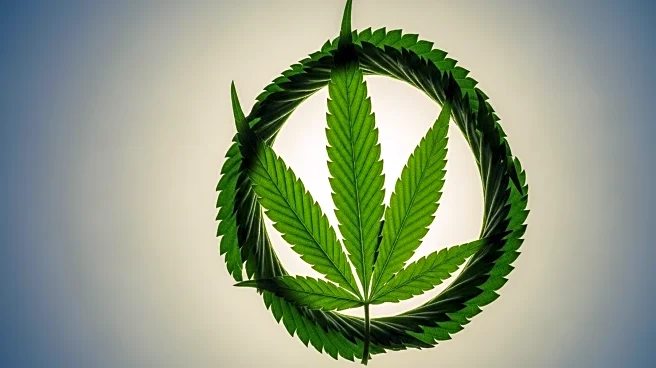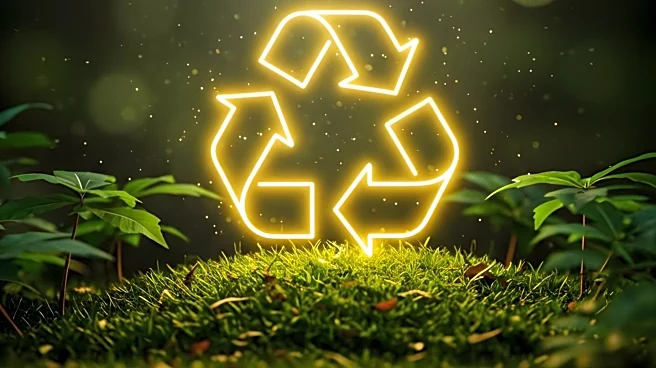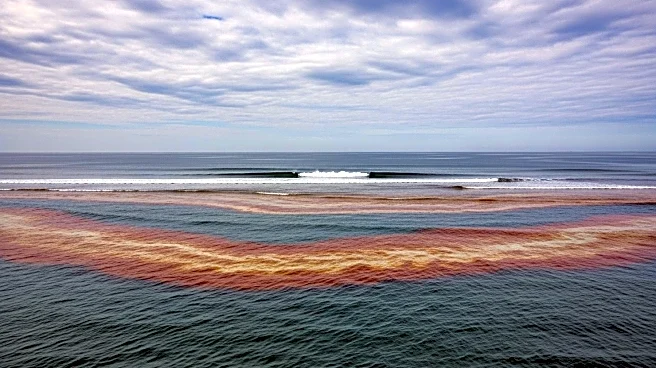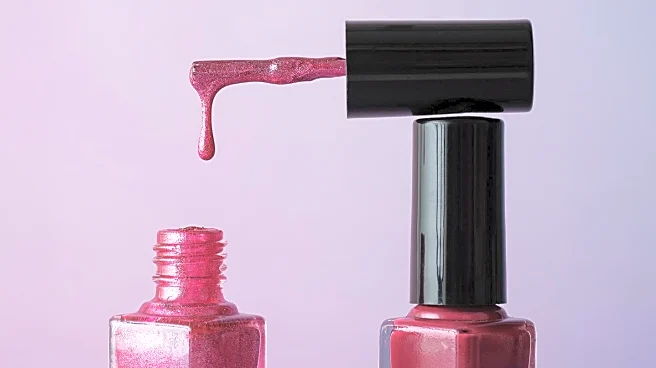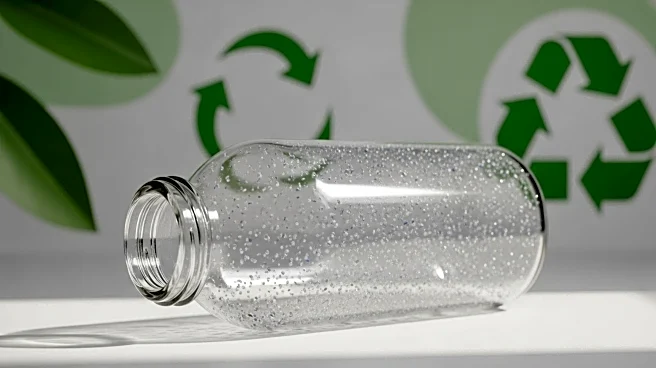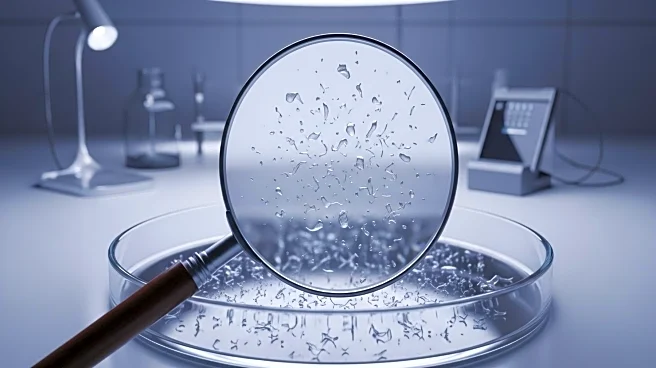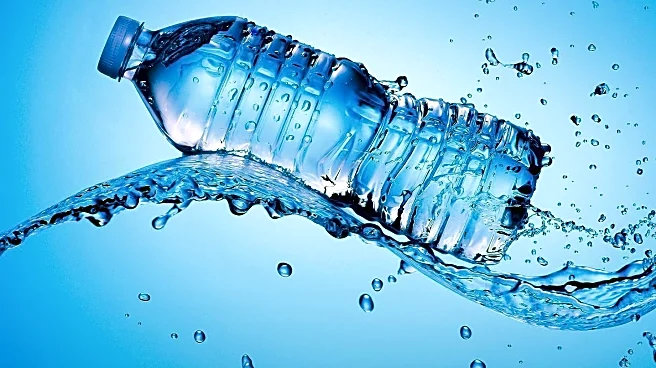What's Happening?
Recent studies have revealed that bottled water, which appears clean, may contain invisible bacteria and microplastics. Research led by Beizhan Yan from Columbia University's Lamont-Doherty Earth Observatory has shown that warmth and light can cause microbes to multiply in bottled water, and stress the plastic, allowing particles to leach into the water. A 2025 study simulated in-vehicle heat and sunlight, finding up to 10.03 parts per million of microplastics in bottled water after 28 days. Additionally, a 2024 paper used laser-based imaging to detect about 240,000 particles per liter in popular brands, most of which were nanoplastics. These findings suggest that nanoscale plastic particles can cross biological barriers, potentially reaching sensitive areas in the human body.
Why It's Important?
The presence of microplastics and bacteria in bottled water raises significant health concerns. While the direct harm of these particles is not yet proven, their ability to reach sensitive areas in the body, such as brain tissue, is alarming. This research underscores the need for better consumer awareness and potentially stricter regulations on bottled water safety. The findings could impact public health policies and encourage the use of alternative materials for water containers, such as stainless steel or glass, which do not degrade like plastic. The study also highlights the importance of proper storage conditions for bottled water to minimize bacterial growth and plastic degradation.
What's Next?
Further research is needed to understand the long-term health effects of consuming microplastics and bacteria from bottled water. Scientists are developing better tools to identify and quantify these particles in various beverages, including tap water. This ongoing research may lead to improved safety standards and consumer guidelines for bottled water. Additionally, public health campaigns could be initiated to educate consumers on safe water storage practices and the benefits of using reusable containers. The findings may also prompt manufacturers to explore new materials and designs for water bottles to reduce plastic leaching.
Beyond the Headlines
The study opens discussions on the environmental impact of plastic waste and its contribution to microplastic pollution. As awareness grows, there may be increased pressure on industries to reduce plastic usage and improve recycling efforts. The research also touches on the ethical responsibility of companies to ensure product safety and transparency in labeling. Long-term, this could lead to shifts in consumer behavior towards more sustainable practices and products.
